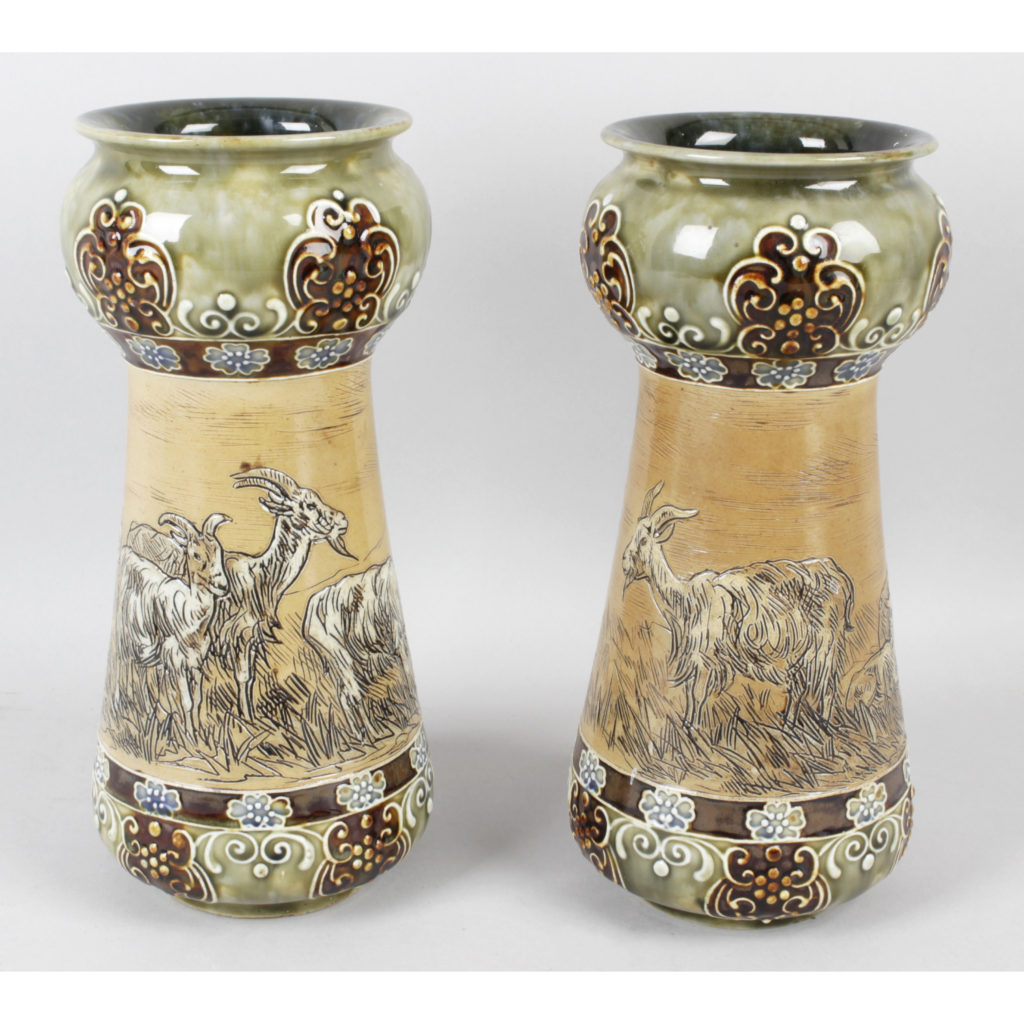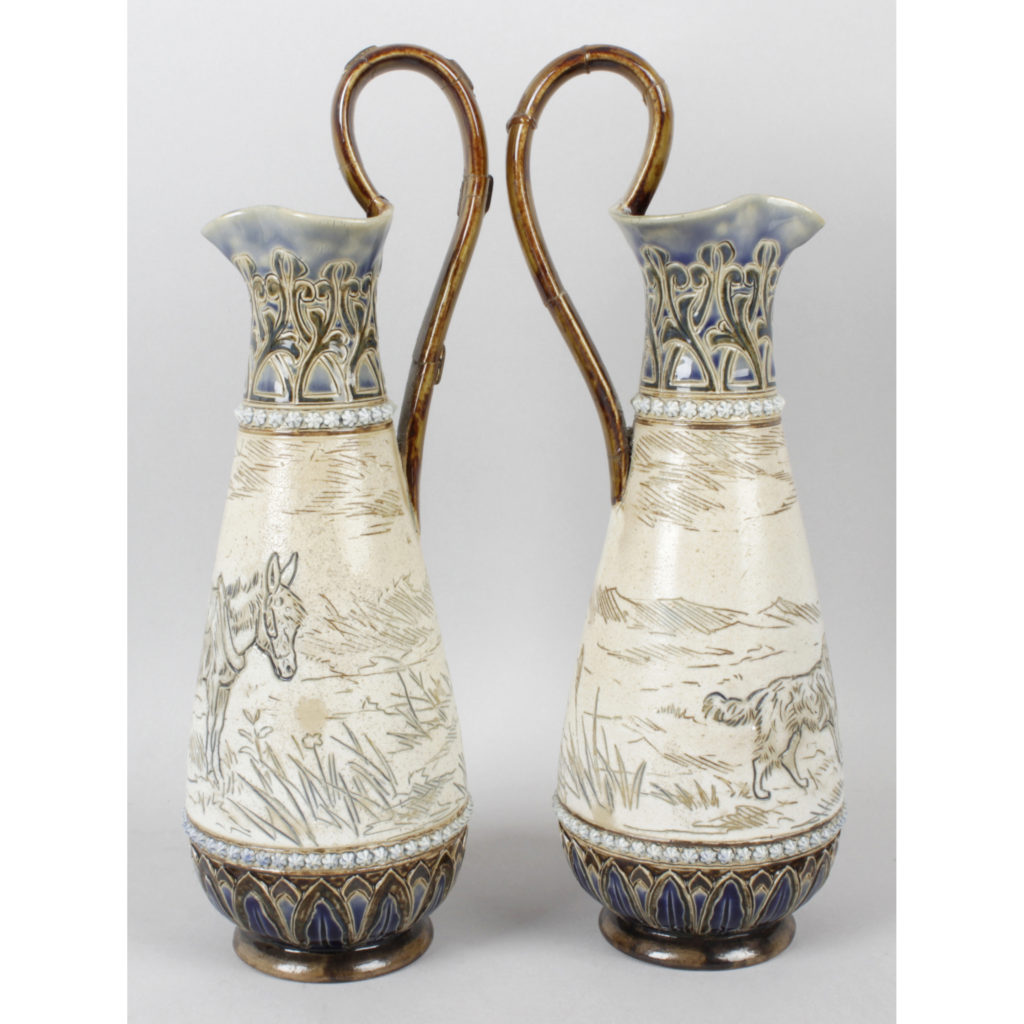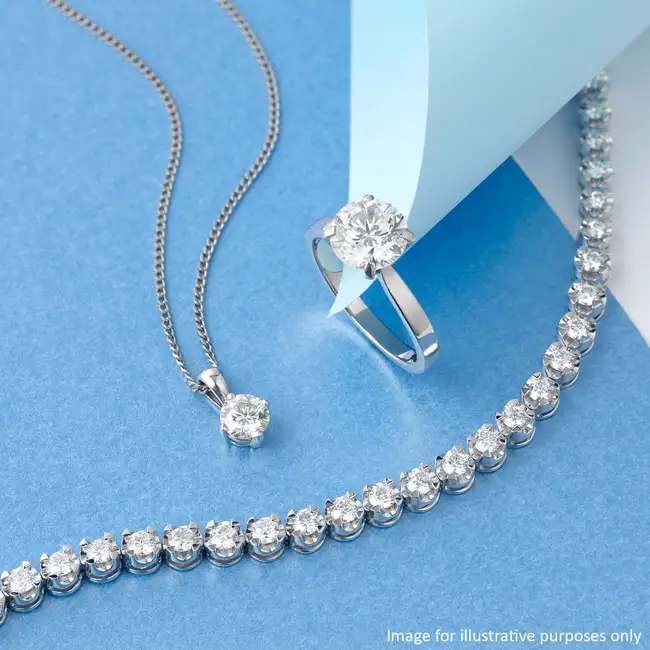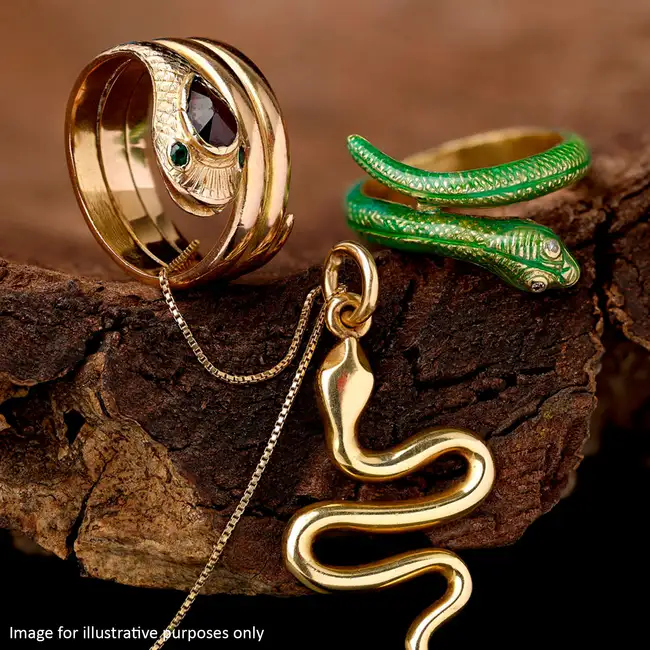Hannah Barlow and her sister Florence were renowned artists who worked at Royal Doulton and their work is now highly sought after as collectables. Their unmistakable style, which pays homage to the beauty of the natural world, is undeniably recognizable in the field of ceramics. While both sisters were captivating individuals, today we will delve into Hannah's life and artistry.
Hannah Barlow - Early Life
Born in 1851 in Little Hadham, a small village in Hertfordshire to a bank manager, Hannah Barlow was one of nine children. Her family later moved to a spacious house in the countryside where they began to keep animals. It was here that Hannah's passion for all things four-legged was ignited. Her whimsical sketches of anthropomorphised animals in their daily lives showcased her sense of humour. Hannah was often photographed with her beloved pets in her later years, revealing her endearing character.
Unfortunately, at age 15 Hannah's father passed away. Subsequently, their large family home was sold and they moved to a smaller cottage. Shortly after, she enrolled at the Lambeth School of Art. This school had a focus on decorative arts, and practical design, rather than fine art; painting, drawing, and sculpture,
During her time at Lambeth, she worked as a freelancer for Doulton & Co, alongside her brother Arthur. However, they didn't formally join the company till 1871.
Florence and Hannah Barlow at Doulton
It is reported that Hannah Barlow was the first woman Doulton formally employed. Although there was an inherent hierarchy that placed male potters - 'master-potters', at the top of the pecking order, Hannah's employment is still a testament to the changing opinion towards female creatives.
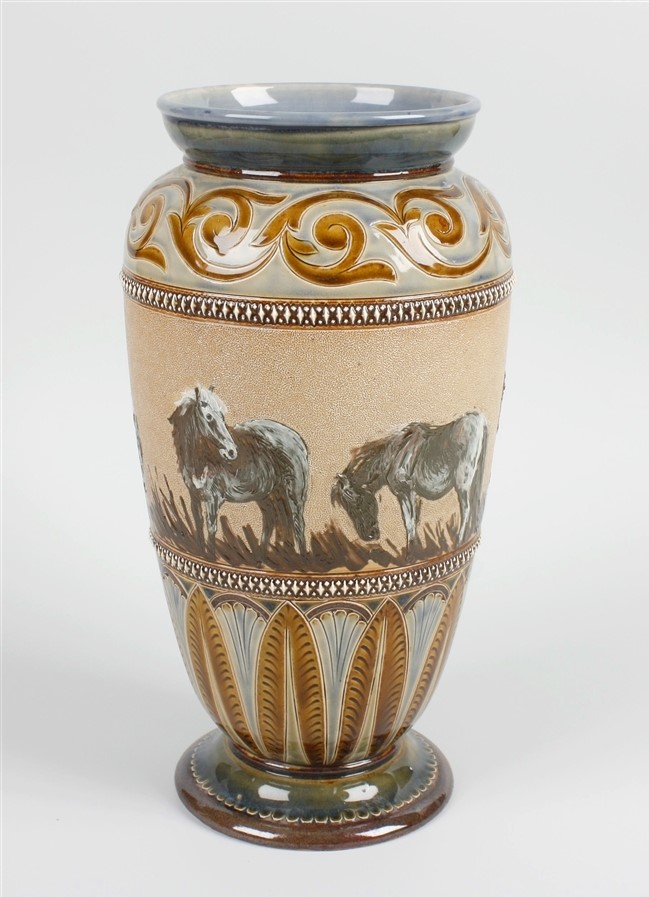
Shortly after she began work at Doulton, her sister Florence joined. It became quickly evident that Hannah would be the painter of animals, while Florence focussed on flowers. This was undoubtedly influenced by her busy childhood, surrounded by animals and wildlife.
After Florence, another of Hannah's sisters - Lucy, joined Doulton as well. The company was growing quickly and just nine years after employing their first woman artist, Doulton employed over 200 women in many roles throughout their workshop.
Hannah quickly rose through the ranks, becoming known as one of the most impressive artists and a specialist when it came to animal designs. She excelled in sgraffito, the method of scratching away the top layer of clay to reveal a pattern made up of the colour underneath. Hannah's style is undoubtedly full of personality and life, the technique of sgraffito allowed her nature to spill into her work, resulting in endearing and enchanting designs. Among her colleagues, she was known for her eccentric personality, it is often said she would keep small animals; frogs and mice, in her pockets for company while at work.
Later Career
Just 5 years after Hannah joined Doulton, she suffered an unknown physical injury that cost her the use of her right hand. While it's not known exactly what this injury was, it's speculated that it might have been related to repetitive motion and exposure to the cold and damp clay. However, the loss of her hand did not stop Hannah, she simply began to use her left! The quality and quantity of her work did not diminish. She continued to produce an average of 20 pieces a day. The V&A now boasts a collection of many of her pieces, but also paintings that show Hannah in the middle of her work. One small watercolour by William Rowe shows the three Barlow sisters in a line painting their vases. Another painting, larger and an oil, by Alfred Morgan, shows the whole ceramics process, from throwing to firing.
Completely dedicated to her work, Hannah continued to be recognised in the company as a committed member of staff. She is immortalised at the Doulton & Co headquarters as above the door there is a panel showing Henry Doulton seated, alongside other male potters, and to their left sits Hannah. She is the only woman in this panel, engrossed in her work, with her cat peaking its head from beneath her chair. This panel completely encapsulates Hannah's legacy. An animal-loving, eccentric woman, taking her place in an industry dominated by men.
Hannah continued to work up until 1913, passing away just three years after her retirement in 1916. Her legacy continues in her charming work which remains a testament to her playful personality. Highly valued among collectors of Doulton & Co, Hannah was a prolific artist. In my opinion, she deserves to be recognised alongside other early women artists of the late 19th century.

